Our professional development resources
Do you want to take your teaching to the next level by exploring some innovative learning techniques or ways to make your lessons even more engaging for your students? From time to time, we release CPD papers where we dig deep into research findings and offer practical recommendations based on what works best for teaching and learning.
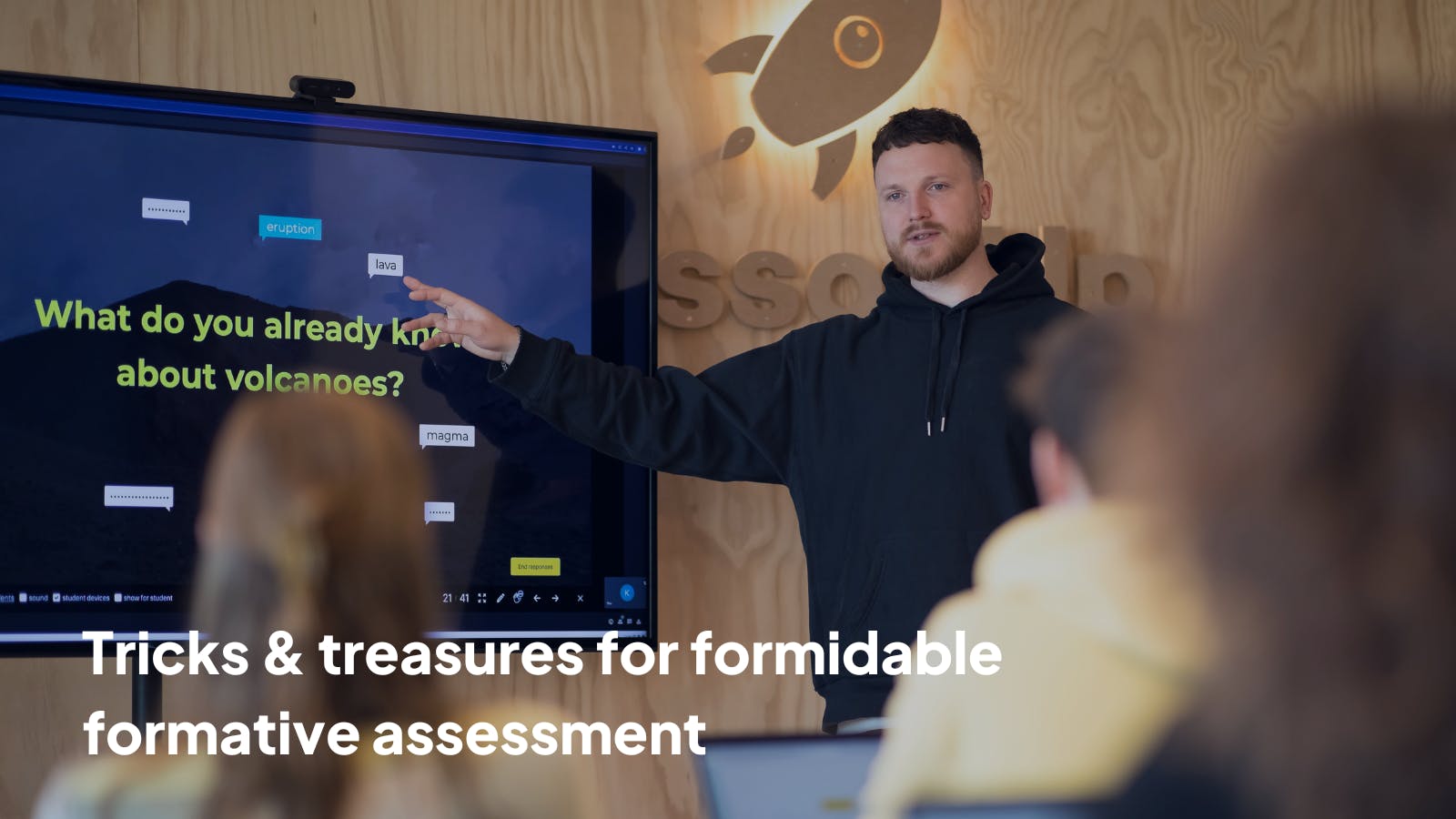
Tricks and treasures for formidable formative assessment
Formative assessment is an integral part of a student-centred approach to education, fostering continuous improvement and a deeper understanding of the material being taught. It involves a variety of techniques, such as quizzes, open questions, discussions, observations, and feedback, all designed to inform both teachers and students about the effectiveness and quality of the learning process. In this guide we are going to focus on LessonUp’s portfolio of interactive assessment features, and highlight the pedagogy treasured behind them.
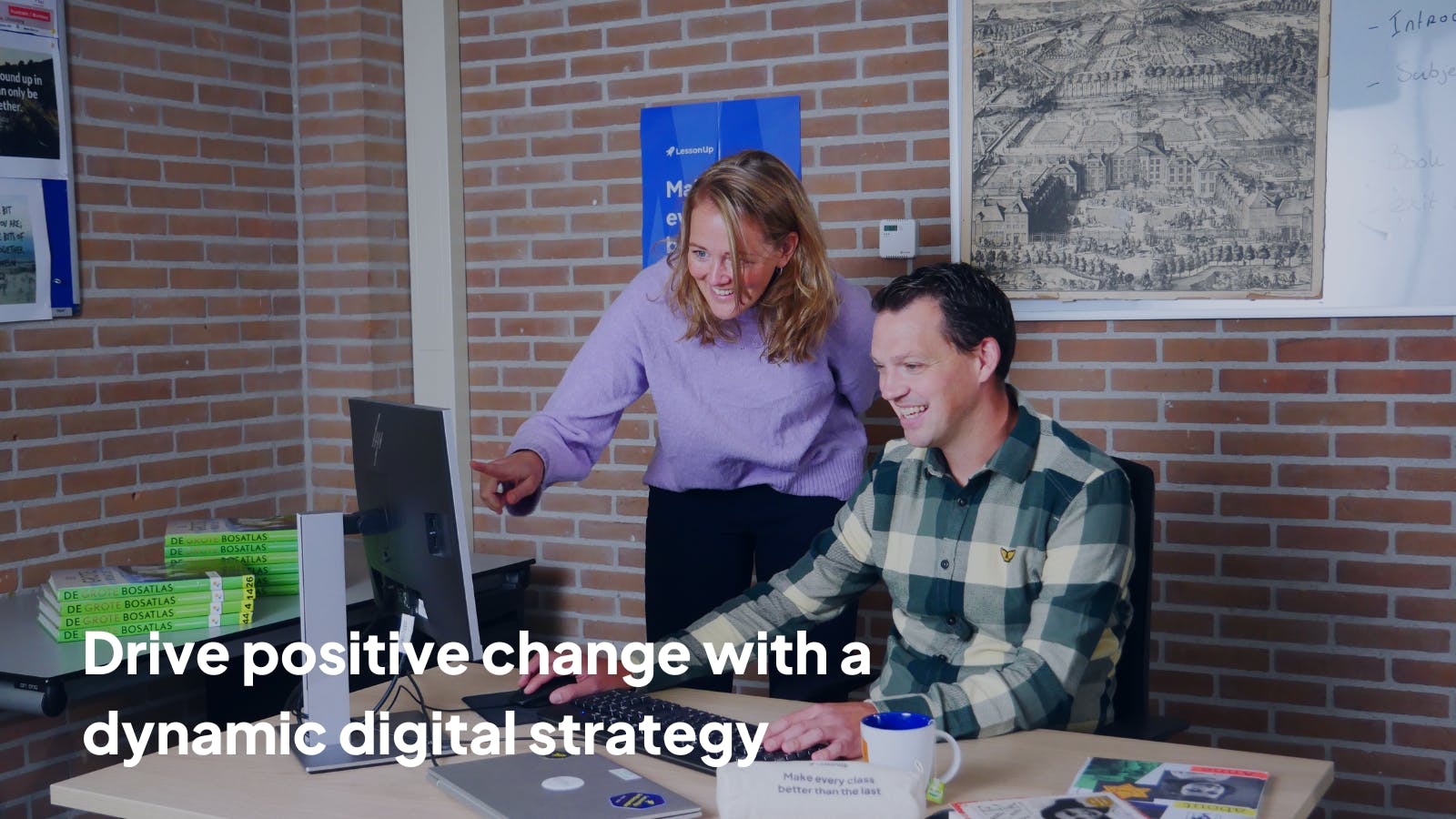
Drive positive change with a dynamic digital strategy
The main objectives of implementing a school-wide digital strategy should match your school’s goals in terms of pupil and teacher welfare, safety, progress, and performance. A digital strategy can call itself ‘dynamic’ if it is flexible, adaptable and responsive. In this guide you will find an overview of the key benefits you can achieve by using our online teaching platform to implement it. Explore the goals and topics that align with your school's requirements, and discover how LessonUp can assist you in achieving them.
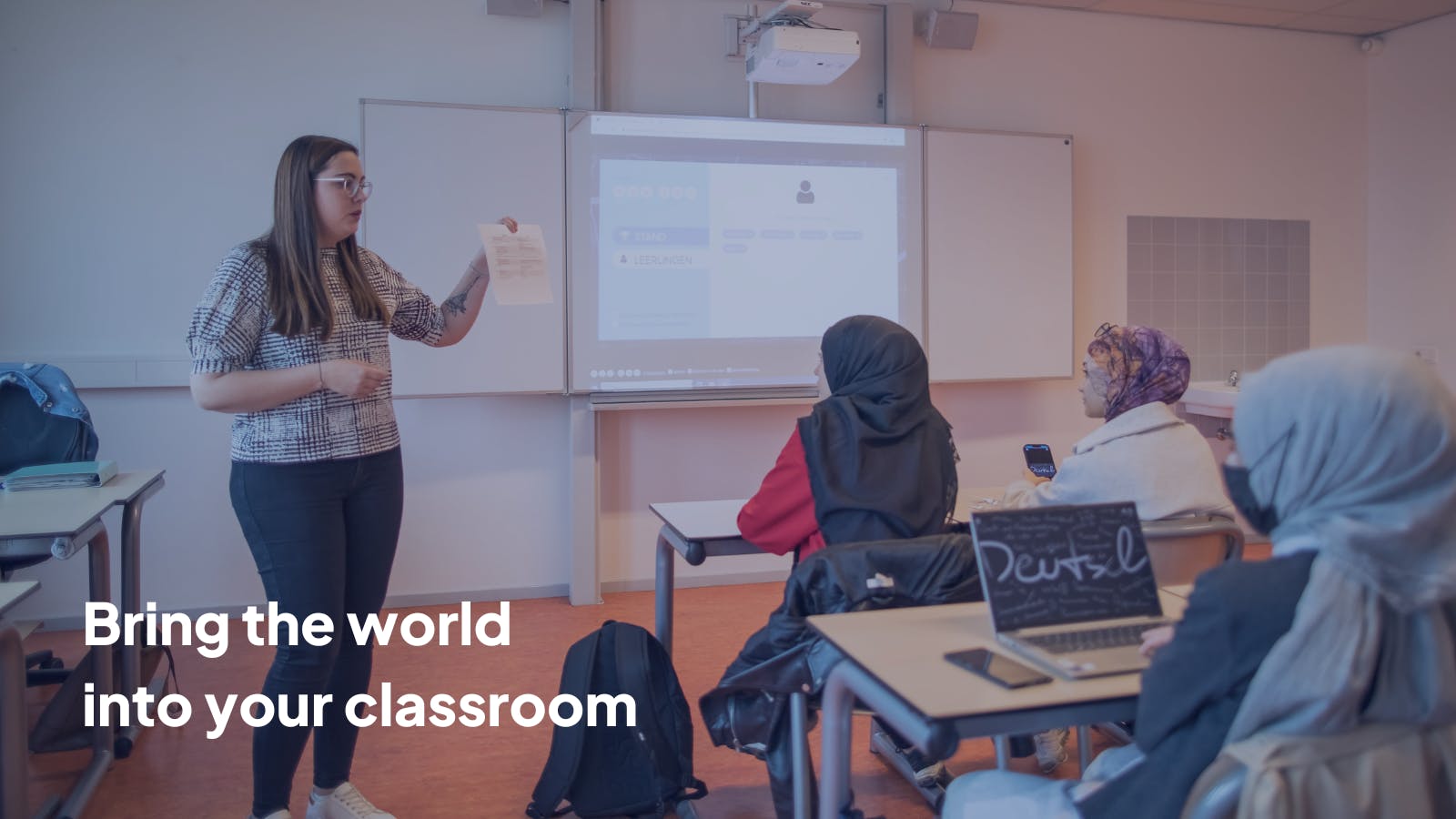
10 learning techniques to stimulate critical thinking
What’s happening in the world? What caused it? And what can we expect in the future?
As a teacher, you can teach and guide your students to become aware of their thinking process. In this CPD paper we offer you a selection of learning techniques and strategies to bring actuality into the classroom, inspire your students, and stimulate them to think critically about news sources and their content. Give them the tools to think rationally, logically, and independently. There is nothing more important you could possibly teach them, no matter what subjects you teach.
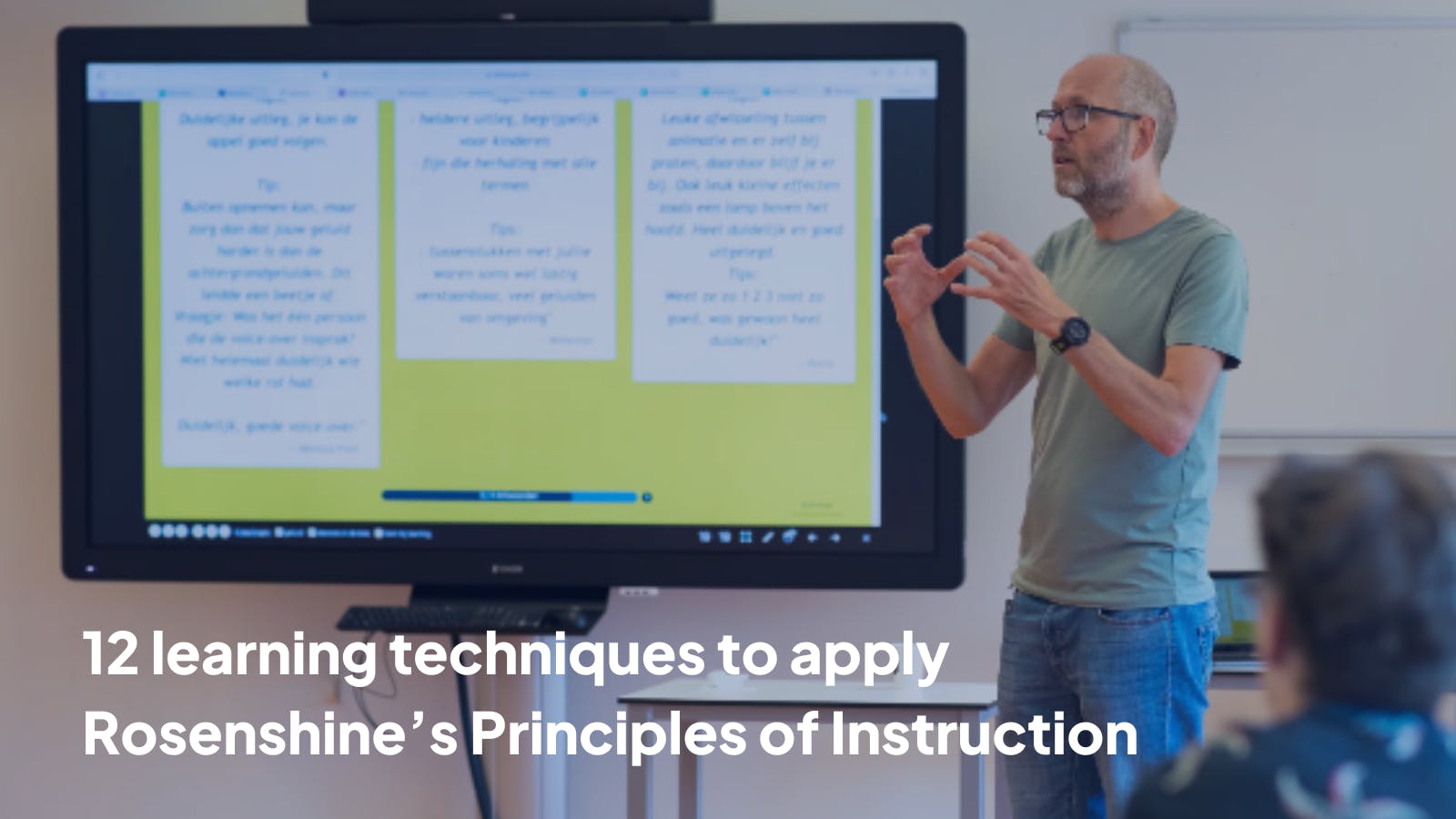
12 learning techniques to apply Rosenshine's Principles of Instruction
In this CPD paper we briefly summarise Barak Rosenshine’s 10 Principles of Instructions, and offer you a selection of 12 learning techniques and strategies to apply Rosenshine’s principles directly in the classroom. Each proposed learning technique elaborates on one or more of Rosenshine’s Principles of Instruction, making them easy to relate to, both for you and your students. Implementing them in the classroom helps boost student engagement. They stimulate creative thinking and offer a podium also to quieter, less forthcoming students.

10 learning techniques to make the most of your students' natural superpowers
The word 'metacognition' sounds very scientific, but it is something we all do every day, and are quite good at. It could also be called mindfulness, or awareness of our feelings of ‘knowing’ and ‘not knowing’, plus the strategies we develop based on those feelings. In this CPD paper we unpick the fancy word, become acquainted with what it really means, and of its importance for both you and your students. To make it clear and practical, we offer 10 targeted learning techniques to embed metacognition directly into your lesson plan.
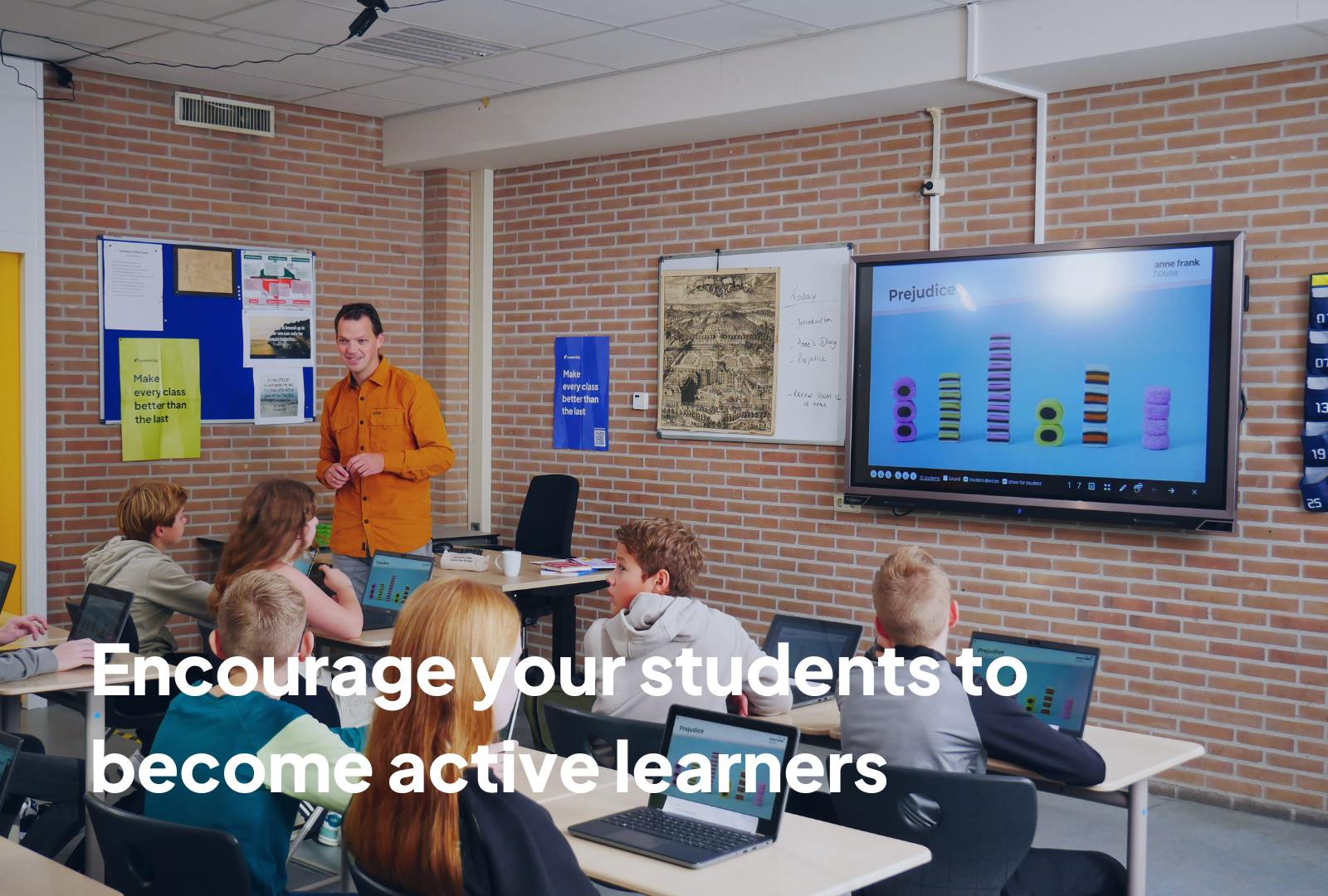
Encourage your students to become active learners
Teachers ask an average of 400 questions a day. Most teachers cannot afford to wait very long for an answer, or have a ‘hands up if you know the answer’ culture. In that case it’s always the same students who put their hand up, and only if they know the correct answer. What about the rest of the class? The silent kids hiding in the background? The more disruptive pupils? Or those who easily get distracted? It is scientifically proven that active inquiry and learning are children’s natural inclination.
So what can you do to encourage those natural sparks of curiosity during your lessons?
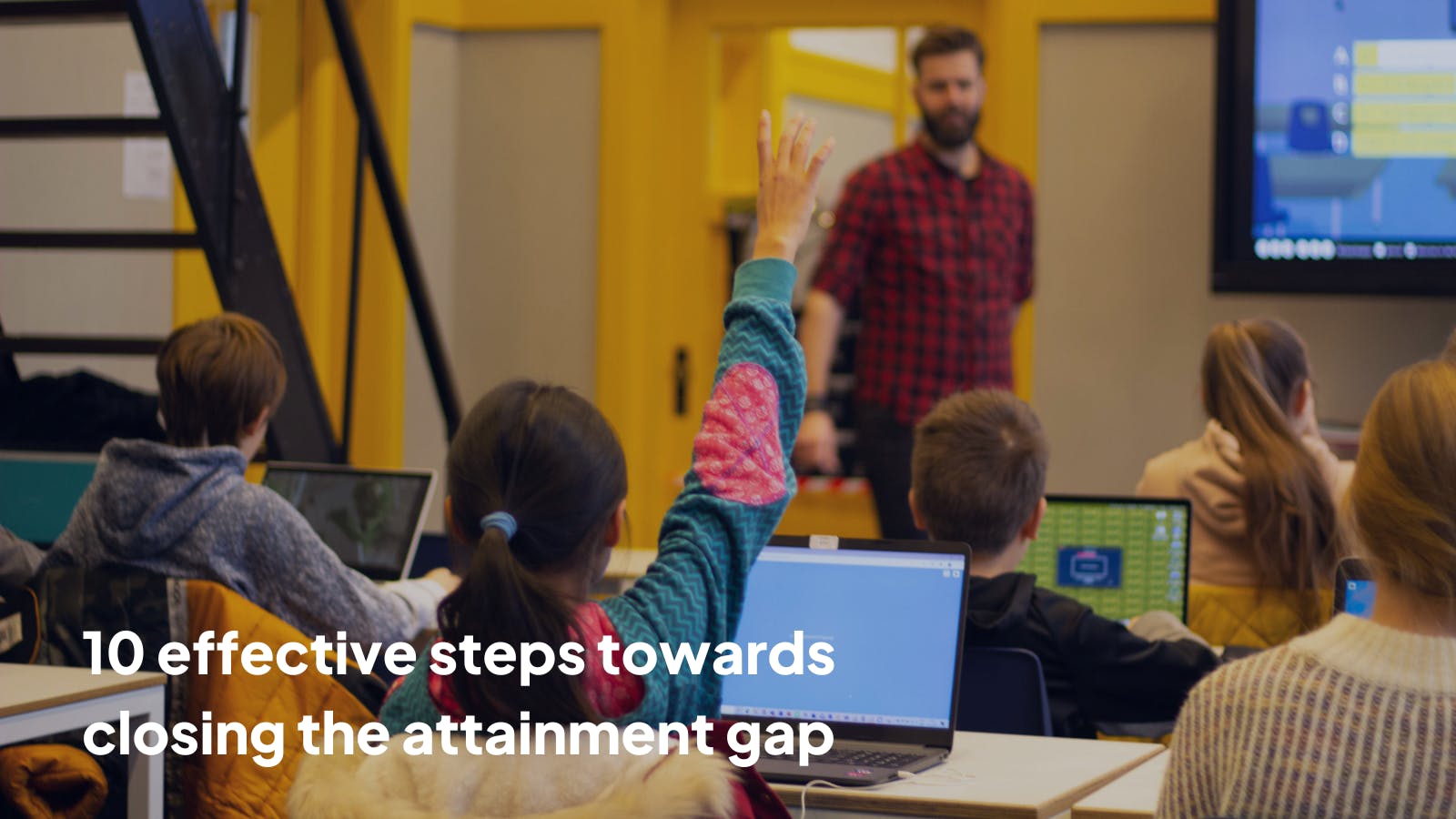
10 effective steps towards closing the attainment gap
How do you reduce and ultimately close the attainment gap within the education sector? Starting in your classroom, with the tools you have available? The best approach is to think constructively and positively, and to make steady progress step by step, little by little, on different levels. You are already doing so every day in your class. To support you on this journey, we list 10 steps towards closing the attainment gap with the help of our toolkit for teachers. We would like to support you, and thousands of committed teachers like you, in working towards closing the attainment gap, starting in your classroom.